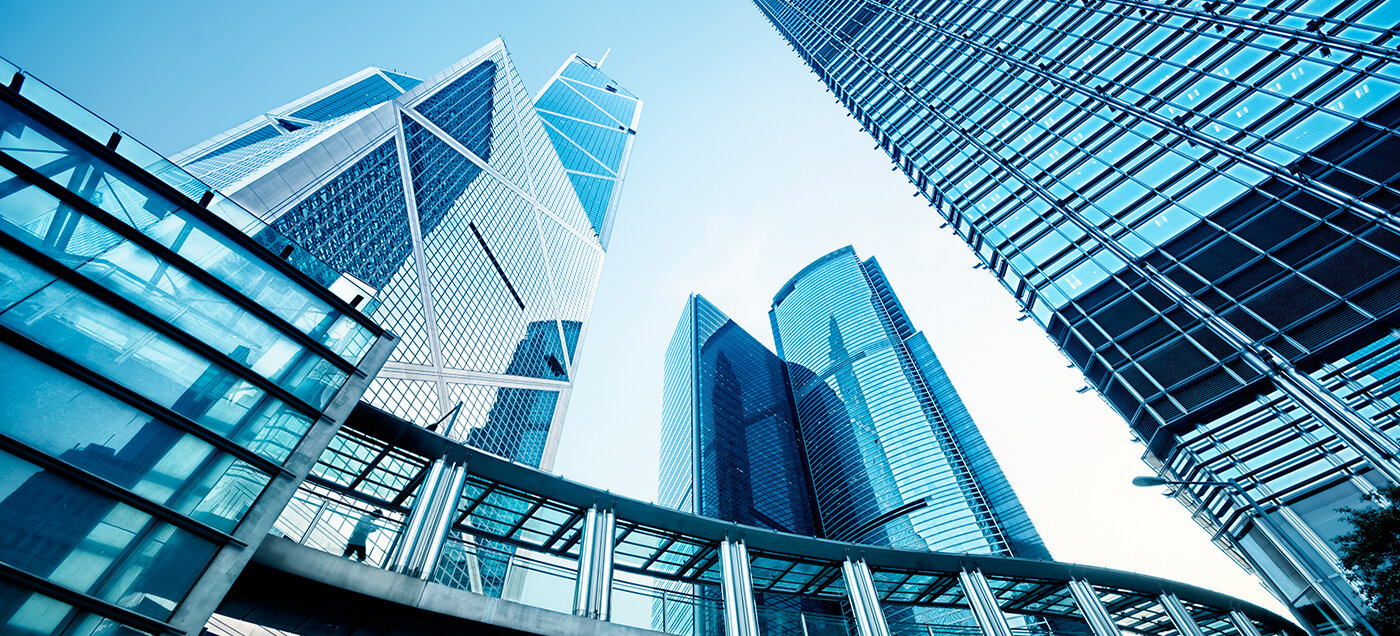Commercial Real Estate News

Commercial Property Investors Worldwide Rethink the Value of Going Green
Commercial News » Hong Kong Edition | By David Barley | January 31, 2022 8:55 AM ET
Best-in-class buildings now prioritize climate risk, carbon emissions and occupant health
Expectations for new buildings - from amenities to environmental footprint - have increased significantly in recent years, reports global property consultant JLL. Sustainability continues to move up the corporate priority list and investors are rethinking value, making the threat of a "brown discount" more real than ever.
Based on a new report by JLL, "Return on Sustainability: How the 'value of green' conversation is growing up," highlights the urgency for investors to move beyond the conversation around the "value of green" to instead focus on the long-term return on sustainability. The paper explores a step-change at play around what qualifies a best-in-class building.
"The bar is being raised on what it means to be green," explained JLL's Global Head of Sustainability Services and ESG, Guy Grainger. "Now that the business case for sustainability is undeniable, the time has come to evolve the valuation conversation."
There is a strong financial incentive to go green
While investors initially doubted the value of certifications like LEED and BREEAM, evidence now shows that green certifications result in a rent premium of 6% and a sales premium of 7.6%. These so-called "green premiums" are proving materially significant, however, there is another facet to consider. JLL's research shows that buildings that don't evolve to meet sustainability standards will suffer financially - resulting in a "brown discount."
The definition of green is evolving
New dimensions are quickly emerging to influence the value conversation. Climate risk and resilience, carbon emissions and occupant health are increasingly contributing to conversations around what it means to be "best-in-class" in the built environment.
JLL's April 2021 survey of nearly 1,000 executives, investors and corporate occupiers found that:
- 83% of occupiers and 78% of investors believe climate risk is financial risk.
- 79% of occupiers anticipate that carbon emissions reduction will be part of their corporate sustainability strategy by 2025.
- 42% of occupiers believe that their employees will increasingly demand green and healthy spaces.
Sustainability and wellness-focused certification systems will need to adapt to meet this new moment.
Up until now, a highly rated, green-certified building hasn't necessarily been a building with the lowest carbon footprint. Certification standards will soon change as LEED, BREEAM and others launch new carbon-centric benchmarks, defining carbon footprint and incorporating additional elements in the calculation. As investors and companies make environmental and social commitments, they will increasingly need to consider their real estate portfolio to meet climate goals.
Time is of the essence. According to the Paris Agreement, to avoid the worst impacts from climate change on the global economy, emissions must be reduced 50% by 2030, and the world must reach net zero carbon by 2050. JLL's paper urges those who shape the built environment to take action to avoid asset stranding and to push for sustainable, resilient and healthy places, even in the absence of the perfect case study or data.
Sign Up Free | The WPJ Weekly Newsletter
Relevant real estate news.
Actionable market intelligence.
Right to your inbox every week.
Real Estate Listings Showcase
Related News Stories
Commercial Real Estate Headlines
- One Trillion Dollars of America's Commercial Property Loans Mature in 2025
- U.S. West Coast Dominates Self Storage Demand
- Phoenix, Orange County and Inland Empire Emerge as Leading U.S. Industrial Markets
- U.S. Mega Distribution Centers Leasing Activity Grew in 2024
- U.S. Commercial Borrowing to Increase to $583 Billion in 2025, Up 16 Percent Annually
- Demand for U.S. Life Sciences Space Spikes 28 Percent Annually in Late 2024
- Multifamily Property Sector in America Rebounding
- Asia Pacific Commercial Property Investment Spikes 23 Percent in 2024
- U.S. Commercial Property Market Primed for Growth in 2025
- Architecture Industry Sees Mixed Signals as 2025 Approaches
- Global Data Center Demand Spikes in 2025
- 2025 Prediction: U.S. Commercial Investment Recovery Expected to Gain Traction
- Holiday Retail Sales for 2024 to Hit Record $1 Trillion
- Tech, AI Industries Drive Largest Share of Office Leasing Activity in U.S.
- Commercial Real Estate Lending in U.S. Enjoys Strong Growth in Q3
- U.S. Multifamily Market Begins Recovery in Q3
- Commercial Investment in Japan Spikes 24 Percent Annually in Q3
- Despite Return-to-Office Mandates, U.S. Office Vacancies Continue to Rise
- PROPSIG Tech Startup Acquired by World Property Data
- U.S. Commercial Mortgage Debt Hits $4.7 Trillion in Q2 as Delinquencies Increase
- Hong Kong Class A Office Rents Continue to Downtick in Mid-Summer
- U.S. Office Landlords Tenant Concessions Decline for First Time in 4 Years
- U.S. Commercial Mortgage Originations Spike 27 Percent in Q2 Over Q1
- Phnom Penh's Commercial Office, Retail Markets Face Slowdowns in 2024
- Global Edge Data Center Market to Hit $300 Billion by 2026
- Commercial Property Transactions in Japan Dive 25 Percent Annually in Q2
- Delinquency Rates for U.S. Commercial Property Loans Downticks in Q2
- Megawarehouse Lease Deals in U.S. Increase in 2024
- Office Tenants' Flight to Quality Buildings Increases in 2024
- Commercial Lending in Japan Upticks 6 Percent Annually in Q1
- AI Driving Significant Global Data Center Growth in 2024
- Total U.S. Commercial Mortgage Debt Rises to $4.7 Trillion in Q1
- U.S. Commercial Mortgage Delinquencies Rise in Early 2024
- Asia Pacific Office Sector to Further Reprice Throughout 2024
- U.S. Retail Foot Traffic to Surpass Pre-Pandemic Levels by 2025
- Commercial Real Estate Lending in U.S. Slowed in First Quarter
- Japan Commercial Property Investment Volume Jumps 7 Percent in Q1
- Asia Pacific Commercial Property Investment Leads the World, Spikes 13 Percent
- Driven by High Rates, U.S. Commercial Lending Imploded 47 Percent in 2023
- After Two Year Slump, Prime Multifamily Metrics Uptick in U.S.





